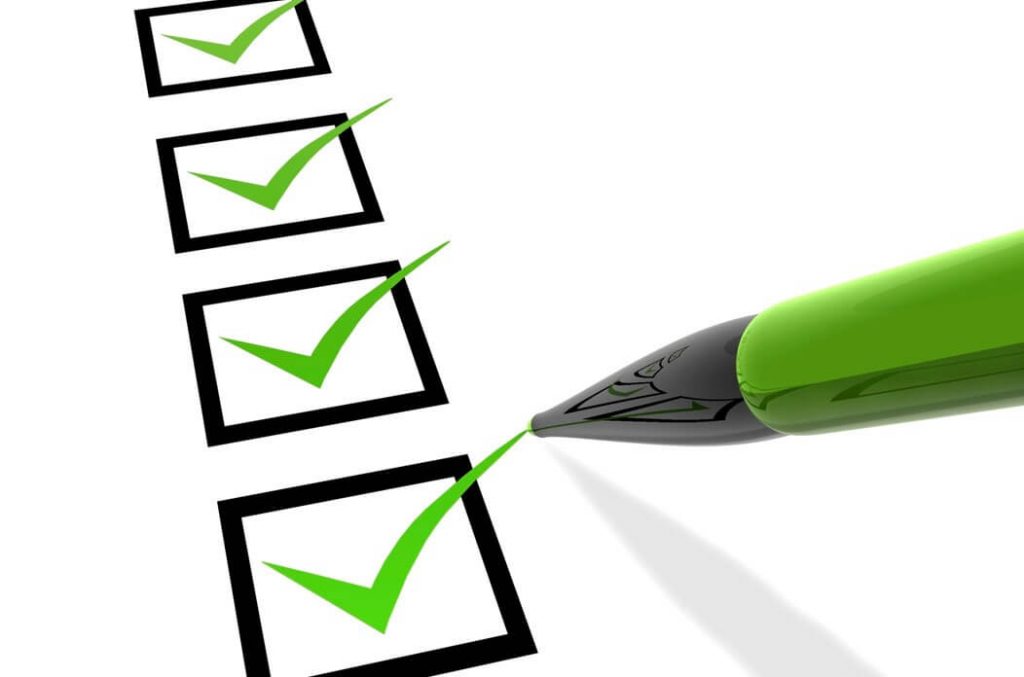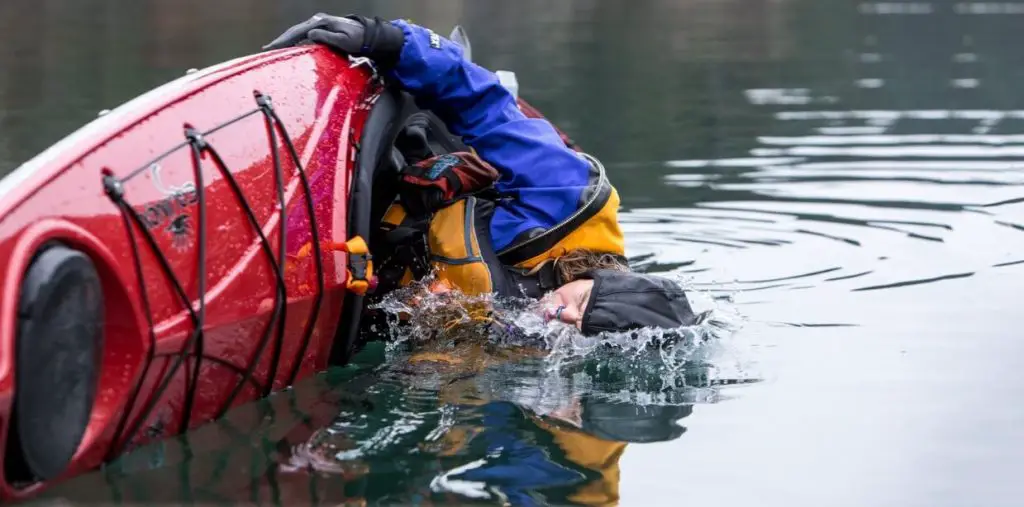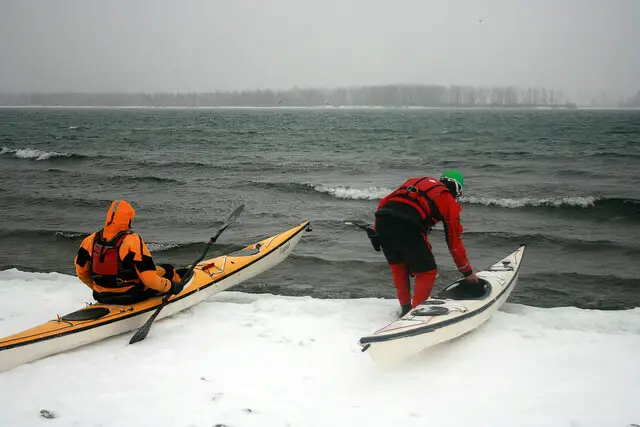Have you been watching your close friends having fun on every vacation through kayaking? and you just fretting about how flat-out the activity is to learn and to become skillful? You even want to give it an attempt but the thought of it being difficult keeps reiterating in your head and prevents you from entering into the water world. Fortunately, it is not the case and it does not really have to be this way. As long as you are familiar with the instructions beforehand, this invigorating yet coolest water sport would never let you down.
But, Is Kayaking Hard? How Hard Is It To Kayak?
Keeping these questions in mind, let’s move towards the answers.

With that being said, some tips and tricks involved in kayaking can be incomprehensible and might take more practice and a long span to learn. But with a few easy skills, you can still master the sport. Inevitably, someone who has just started kayaking and is amidst silent water with no piece of land in sight and a sole way to go back to the waterfront is to paddle, would see it as a challenge for him. No matter if you bought a rental kayak or have your very own at your place but this question must have come to your mind that how it would be like to enter into the water and paddle for the first time.
Correspondingly, kayaking is the name of big hits against mighty waves, sudden maneuvers, and maintaining equilibrium in fast-moving water. With all these uncertain factors, being frightened is evident. Thank heavens, your gaze has landed on the right site. However, the compilation encompasses some useful tips and instructions, that we anticipate will help you boost your courage to dive into the water for the first very time.
Let’s Make Kayaking Easy For Everyone; Beginners Must Be Aware
How hard kayaking is, To answer this question I’ve pointed out some important tips for beginners paddlers that could be pivotal for your kayaking experience.
Start By Picking Up The Right Kayak
Somehow, kayaking is associated with your fitness. And if you are thinking to incorporate kayaking with your lifestyle, you need to set off by taking a decision of picking the right kayak. By doing so, you will have a clear idea of where you are going to paddle, whether in rivers, oceans, whitewater rapids, or lakes. Choosing the type of water even before choosing the kayak, can be effective in grabbing the right type of kayak: also this way you can have your first kayaking experience a lot more enjoyable.
You would be wondered that there are multiple options of kayaks for different types of skill levels, environments, and kinds of kayaking. Preferably, the best option to start kayaking with is sit-on-top kayaks and recreational kayaks. However, sit-inside kayaks are also an optimal option to begin kayaking with, but these are best suited for professional and advanced paddlers.

Notwithstanding, the difference in designs of the kayaks are supposed to vary with the shape and with what material it has constructed. For instance, sea kayaks tend to have a flat hull that helps them remain stable on the water. Whereas its elongated body allows them to cover enough distance with each stroke.
On the flip side, the whitewater kayaks appear to have a hull slightly on the rounded side that allows the limited area of a kayak to be in contact with water to increase maneuverability. Typically, they utilize high-impact plastic that provides an absolute opportunity to bounce off rocks without incurring damage to the boat.
In terms of popularity, the sit-on-top kayaks are more famous among beginner kayakers. These kayaks are appeared to be more stable on water than sit inside kayaks. Provides easy mounting and dismounting and are usually used for recreational and touring kayaking. These boats are usually constructed from remolded material making them extremely durable and lighter in weight. As these kayaks use wider bottom so it is easier for beginners to keep the boat stable.
Also Check: Kayak Weight Guide
Choosing The Right Paddle

The correct style, size, and design of the paddle make a huge difference between efficiency, exhaustion, and blisters. All these factors have a direct impact on your entire kayaking experience. Possibly there is one major difference between Canoe paddle and kayak paddle is that Canoe uses a single-bladed paddle whereas the paddle for kayaks is supposed to be double-bladed. While choosing the paddle for your kayak there are a few things that need to take into consideration.
• What size you are.
• What is the size of your kayak?
• How would you like to paddle? ( stroke preference)
Kayaks that are wider and elongated in shape would need a longer paddle. Nevertheless, if you are a person with short height and stature then a lighter and short paddle would work perfectly for you. On the other hand, just as the paddles, the blades also come in various shapes and sizes. Moreover, the wider paddles will provide you added acceleration but you will have to come across resistance with wider blades, thereby causing overexertion.
Check out: Kayak Paddle Sizing Guide
In addition, narrow blades are on the lighter side and require minimal effort to paddle. Though, it is apparent that when the blades are narrow you will need more strokes in order to cover the distance. Depending on your preference, the blades come curved or flat. Typically, the flat blades are exceedingly budget-friendly, whereas the curved blades maximize the power of each stroke.
Choosing Kayaking Location
If you aren’t a professional; rapids, turbulent currents, and waves aren’t the best for you to start getting familiar with paddling. It is really important to consider fitness and skill level when choosing your kayaking location.
We would always suggest calm waters like nearby lakes and ponds for beginners.
Simply, avoid facing strong currents and paddling upstream, if it’s your first time getting onto the water with a kayak.
Weather condition is important, it can turn a calm lake into a choppy one – so plan accordingly with the weather forecasts.
Check out Interactive Map For Kayaking Near You
Learn How to Kayak (Take A Kayaking Lesson Maybe)
Kayaking can be a walkover when you follow the proper kayaking techniques. But it could also turn into a nightmare if you don’t know what to do.
What I want to say is:
The beginners and newcomers must take a kayaking lesson with a professional instructor to get the know-how of basic paddling techniques before hitting the water.
Are You Really Ready To Kayak?
I don’t want to scare you here but kayaking is not that easy. Although it’s relaxing, the repeated forward strokes for some interval can put your body for a fitness test.
It is just like hitting a gym, you get used to it after a few days of fatigue and tiredness.
Make A List Of Essential Safety Gears

As a matter of fact, the paddlers who bring themselves safety gears are less receptive to danger than those who opt for kayaking unprotected. Here, I will tell you pretty much straightforwardly the list of essential safety gears that one must consider to keep before going kayaking.
PFD
PFDs as known as life vest is a highly essential item, regardless of how proficient you are at kayaking. Whereas among those PFDs, the type III PFDs are considered and declared by the American Coast guard as one of the best and safest life vests for on-the-water activities as kayaking.
Gloves
The role of gloves might easily be overlooked and probably are not at the top in the line of safety equipment. But they do more than their size by protecting and warming up your hands. They offer a more secure clasp upon paddles and prevent nasty bleb and cuts.
Wet/Drysuit
Surely you would never want to lay up with hypothermia. The worst enemy of kayakers in cold weather. These wet suits or dry suits are lifesavers that accommodate kayakers to stay warm and dry.
Spray Skirt
If you are an occasional kayaker then it does not make any difference whether you keep the spray skirt or not. But if you are someone who goes kayaking quite often then this is one of the good investments. The sole purpose of a spray skirt is to cover the cockpit of the vessel. It functions as a barrier and keeps the inside of the kayak dry.
Helmet
This might sound absurd to you. But it has a reason why surfers and whitewater kayakers wear them. If you ever see yourself capsized in a rocky area so there is a chance you may end up hitting your head onto one and fall unconscious in the water. So if you do not want to encounter such situations, wearing a helmet is a wise choice because these helmets prevent potential injuries by securing the head of the paddler.
How To Rescue Yourself From A Capsize
Being wary and experienced does not make any difference, you never know when you run into a bad situation. But if you sense the capsize coming your way then you might have some time to act as Eskimo. But if anyhow the situation went intense then here are a few techniques you can rescue yourself from capsize:
• Remove the spray skirt and exit the kayak as soon as possible.
• Recoup the paddle.
• Go beneath the kayak and drag the contrary side of the kayak towards you to make it turn into its original position
• Grab something to hold onto and drag yourself up into the kayak while retaining your previous position.
• Remove extra water if left.
Some Misconceptions & Common Myths About Kayaking
Myth 1: Kayaking Is Only For Athletes (Body Fitness & Strength Is Necessary)
When starting first, things get a lot easier if you are already physically fit, but that is not the only requirement.
It is for every single person without any physical disability (that could hinder the kayaking exercise) regardless of age, sex and gender.
Also, I have heard most of the people talking about the seriousness of upper body strength, but the force required for forwarding stroke comes from the core muscles as you move your torso.
Myth 2: Women Ain’t Made For Kayaking
Never ever say that in front of any woman, that could result in a heated argument. I have paddled all the way with some pregnant women too. You’d lose this argument easily.
This myth likely originates from the misunderstanding ”kayaking only requires upper body strength”
Kayaking is more about efficient strokes, some real techniques, and your skill level than body strength.
Don’t tell me, you are not impressed with the above video.
Read: How To Kayak With Kids
Myth 3: Kayaks Can Tip Over Easily

For me, It’s a total lie, but there could be two aspects.
Kayaks manufactured nowadays are much more stable than they used to be a few years back. That has made capsizing rare phenomenon.
Still, capsizing can happen, but it is rare.
Myth 4: You Can’t Kayak In Winters

Well, what’s better than kayaking on a sunny day, but to say that you can’t paddle in cold weather is totally a myth.
Winter kayaking has its own charm but you have to prepare and plan more.
Wet/drysuit, gloves, windproof jacket, and spray skirts are some essential items, you would require.
Myth 5: Kayaking Is An Expensive Sport
Let’s be honest here, the cost gets on increasing with the addition of other kayaking equipment, but isn’t it the same for all other outdoor sports specifically water sports?
If this is the main obstruction? We have got good news, Inflatable kayaks may do the part in half the price.
You just need a kayak, a reliable PFD, and a quality paddle. You can easily get these on rent too.
Wrapping Things Up: How Hard Is Kayaking?
So after a quick read, how do you see kayaking? Is it flat out or not? What I see, paddling is easy to learn but to take your techniques to perfection is the difficult part. But you kayak on regular basis you can even get over it. Moreover, starting with fewer strokes meanwhile taking frequent breaks is the best way to learn Kayaking. We hope that the insight and techniques we have taught in this article have surely helped you clear up your mind regarding difficulties that appear while kayaking.

Hi, I’m Randy R. Lios and the owner of Floating Kayaks. I’ve always been adventuresome at heart. From the time, I got my first kayak at age 18 until now when I have multiple kayaks with accessories and spend 5-6 hours researching all the new related stuff in the market. I have always been fond of fishing since my childhood and kayaking is part of my weekend routine.
